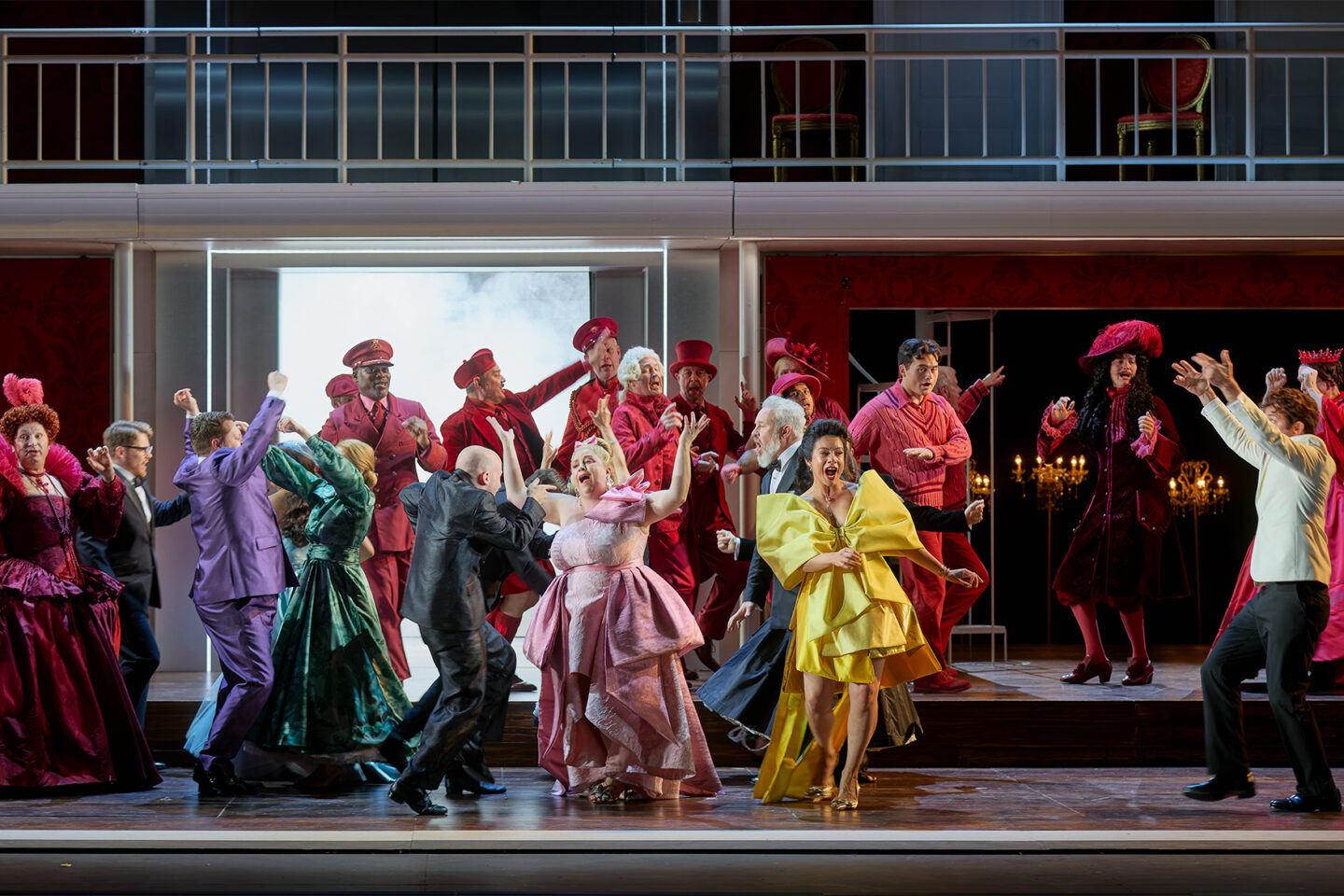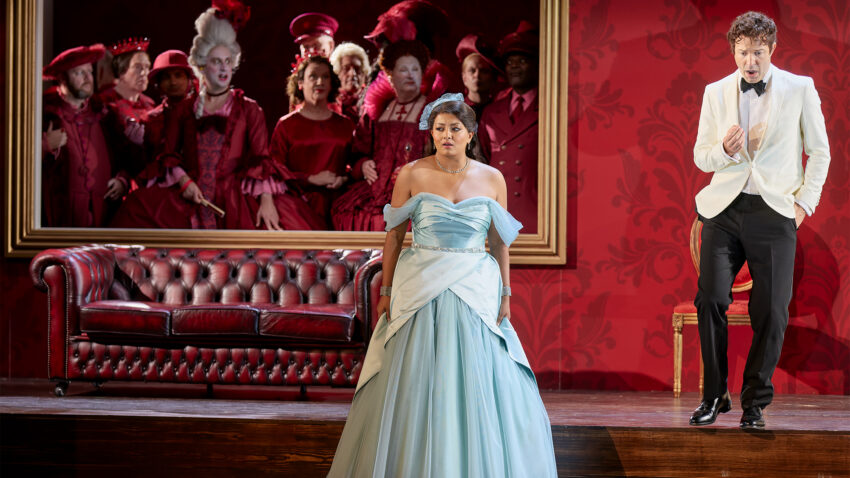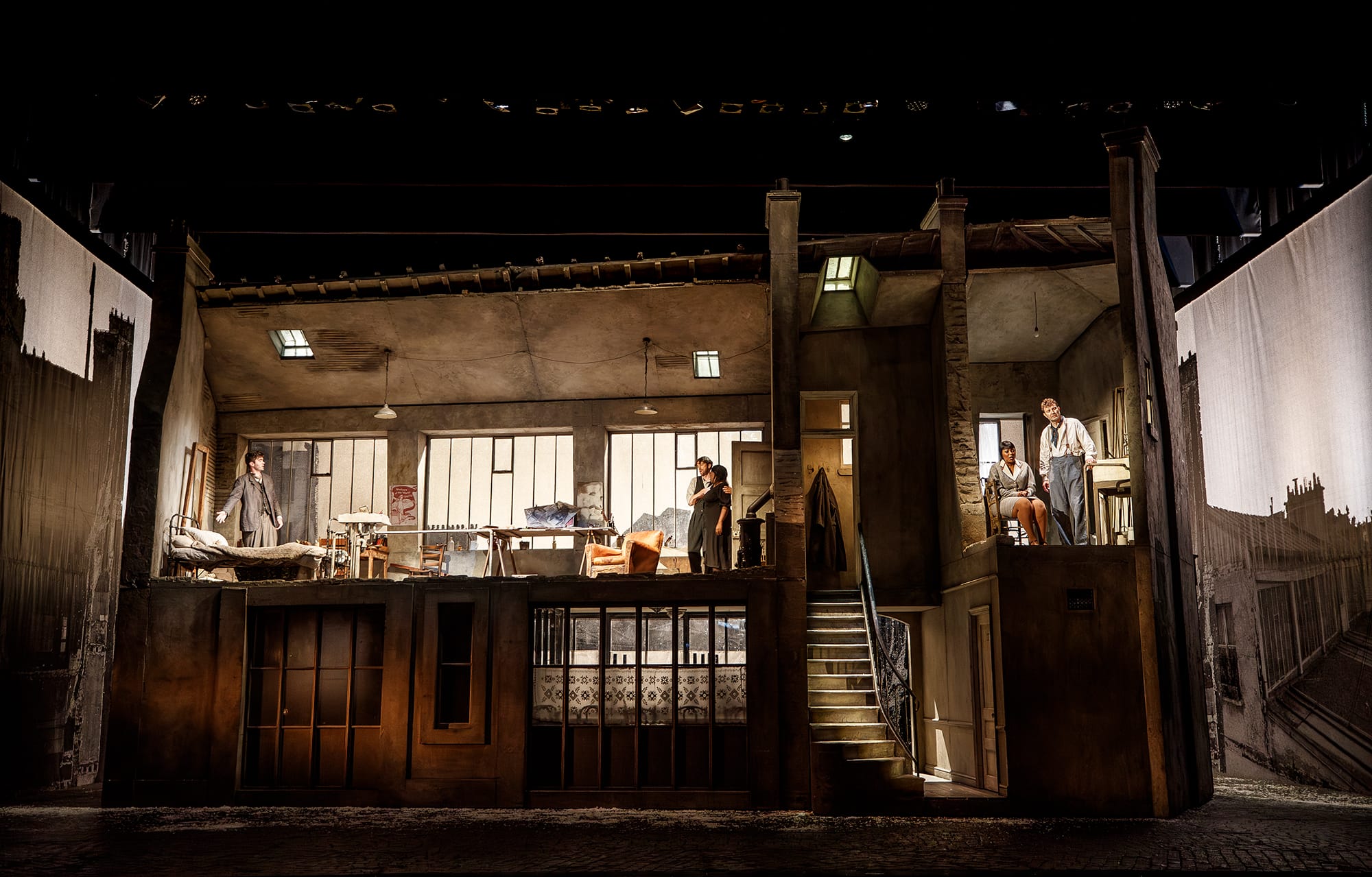Cinderella (La cenerentola) Trailer
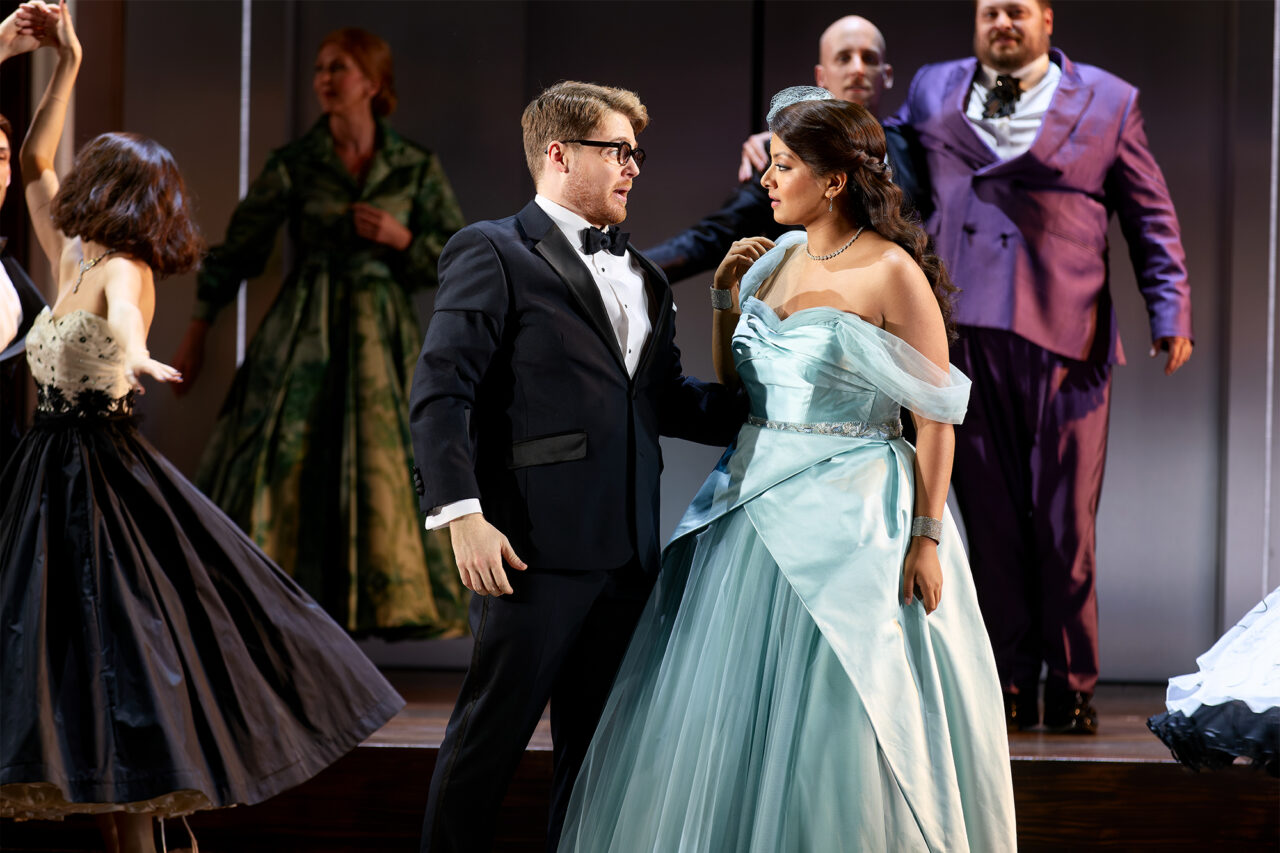

Cinderella Production Images

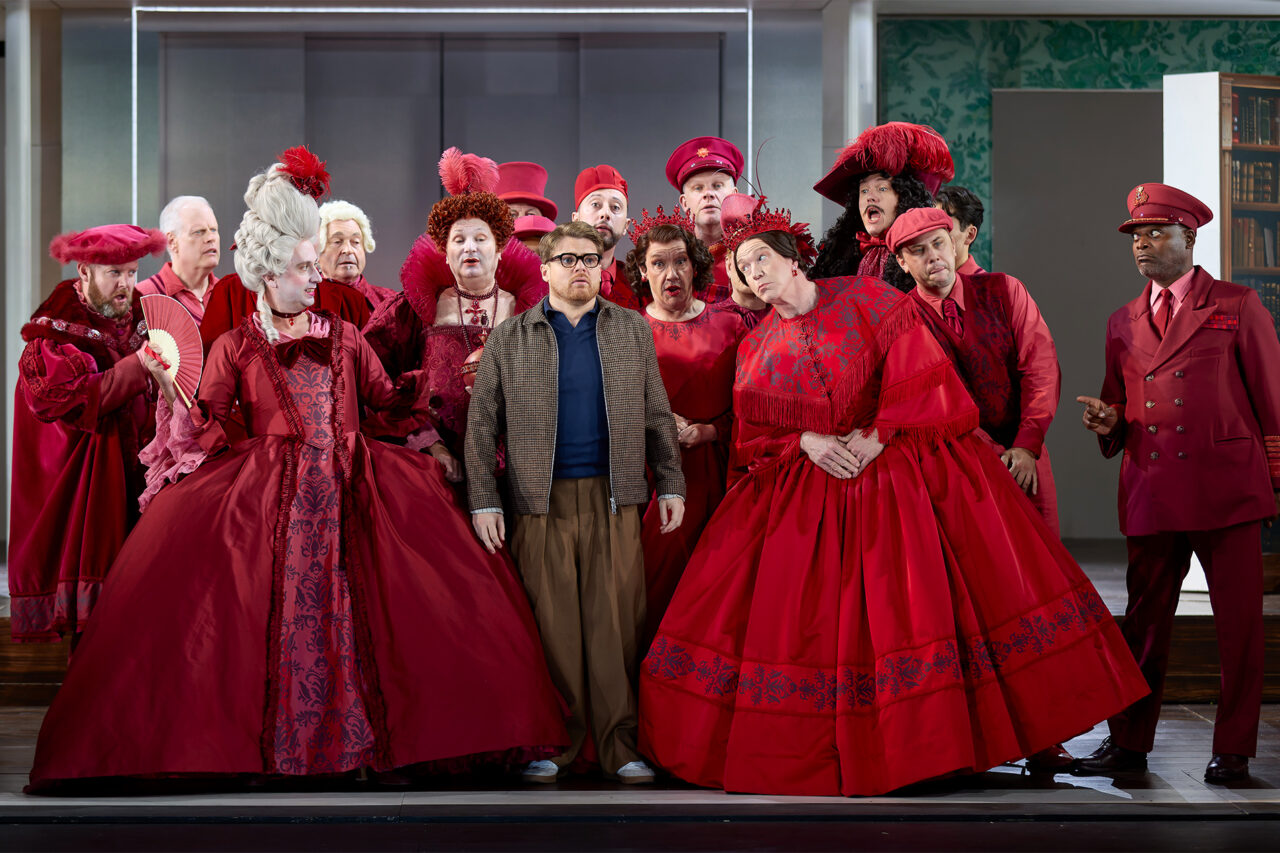
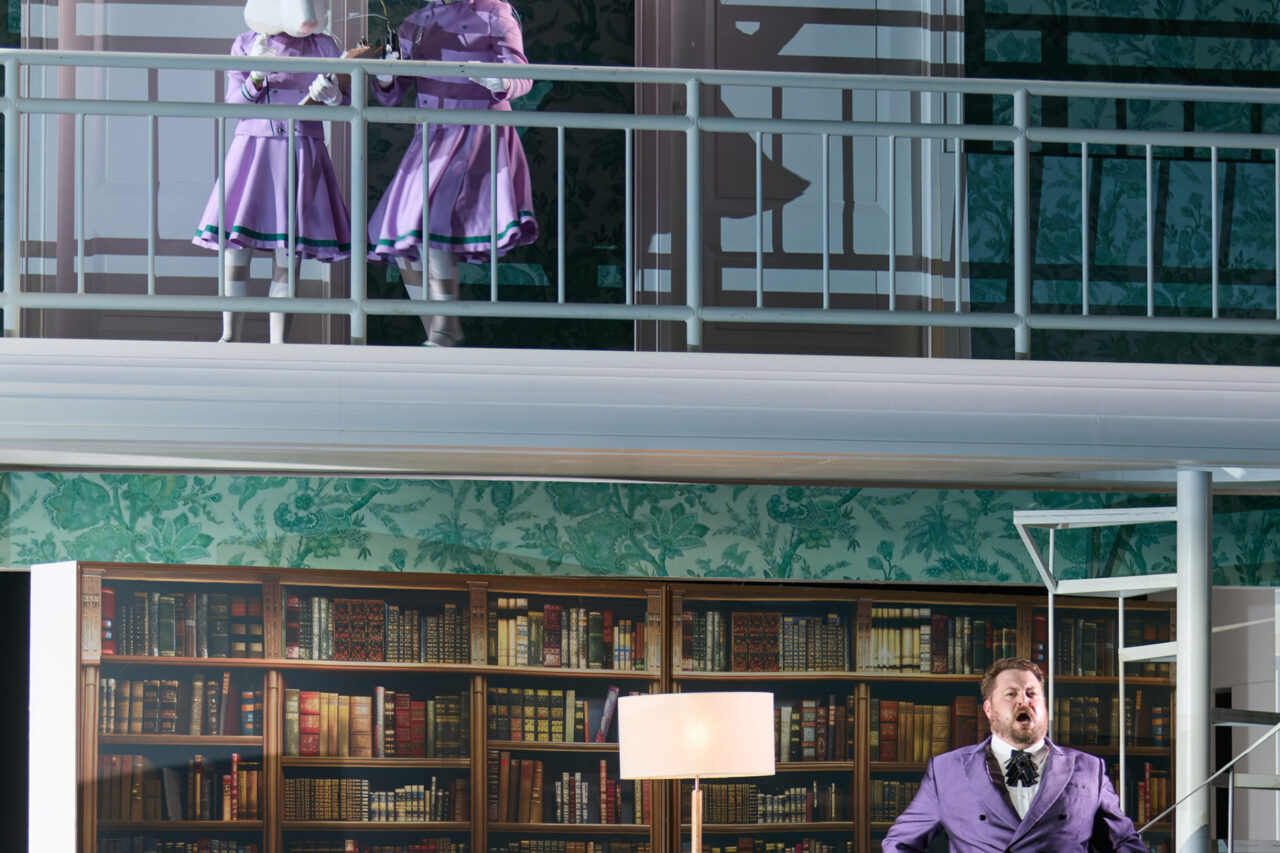
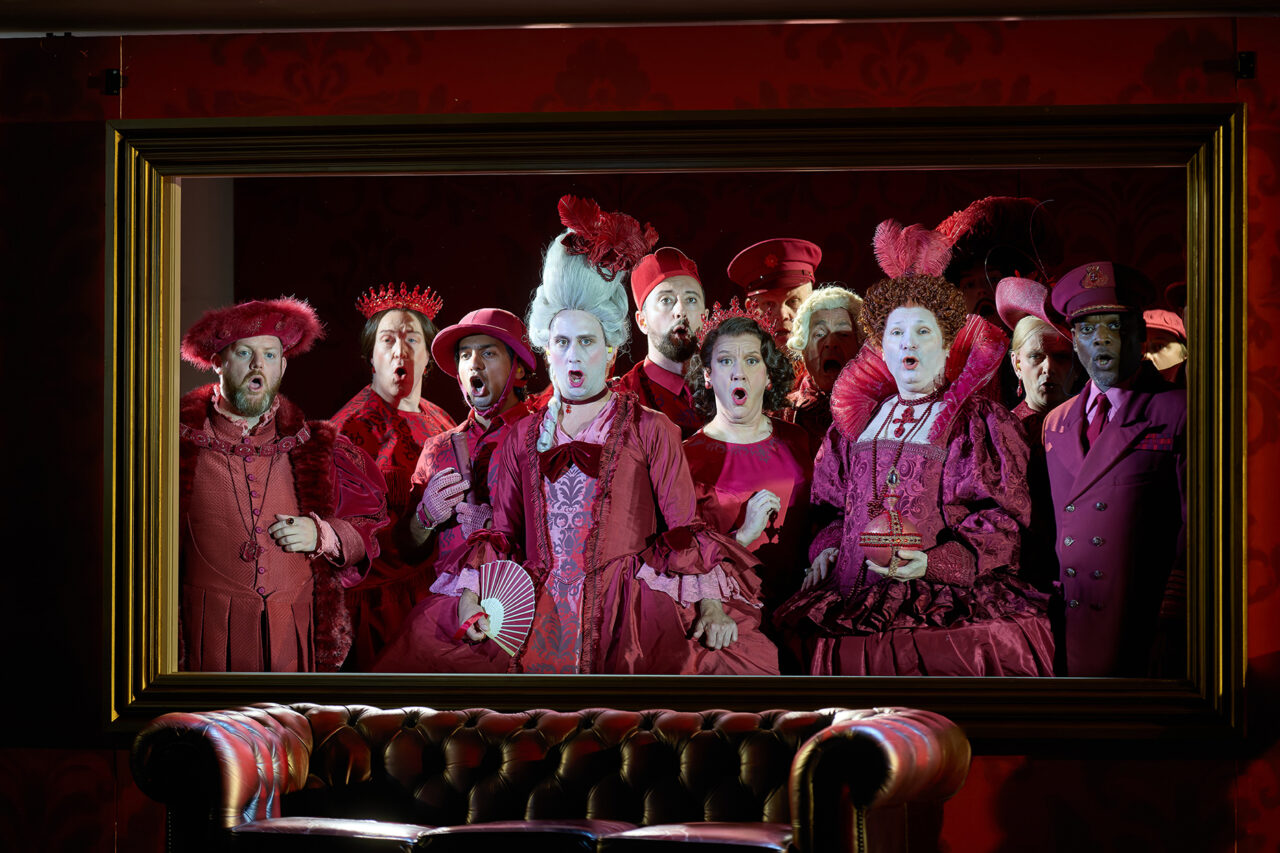

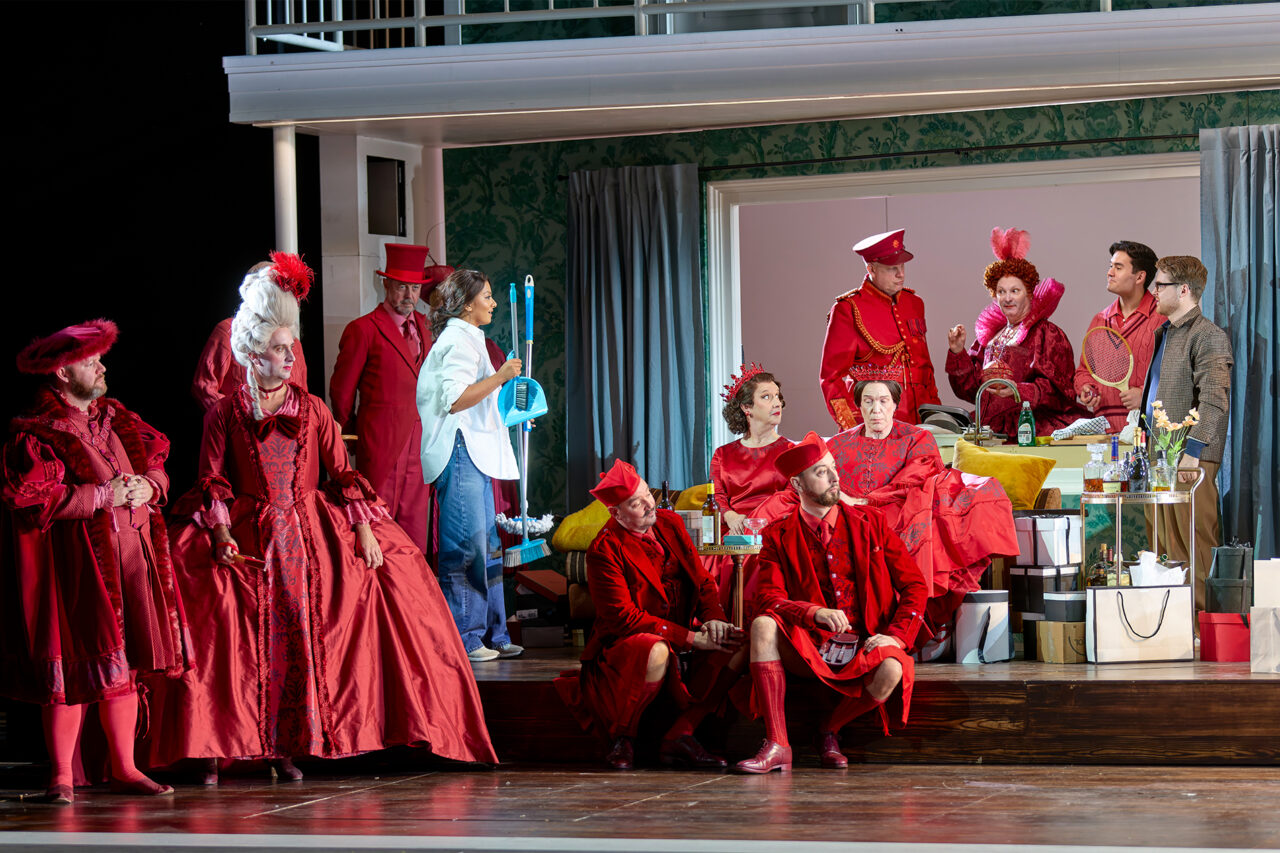
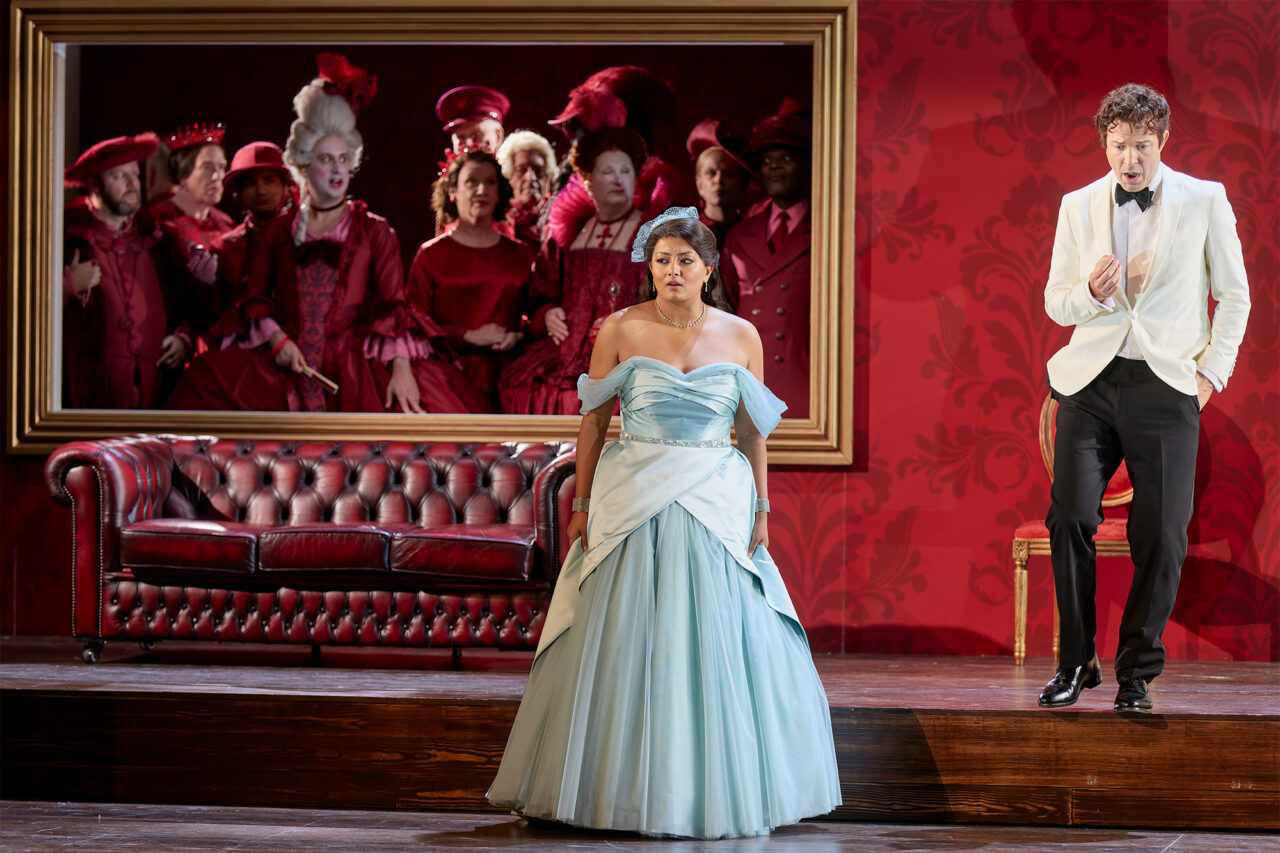

Cinderella (La Cenerentola) Synopsis
Angelina (aka Cenerentola) and Prince Don Ramiro are the two protagonists of our story. Little do they know how much they have in common, despite their different upbringings.
Act I
Don Magnifico’s house, inhabited by ancestral spirits and magic
It’s the morning after yet another night of partying for sisters Clorinda and Tisbe. Don Magnifico likes to spoil his two daughters, who order things they don’t need. Once again, stepsister Angelina/Cenerentola is cleaning up after them. Daydreaming is her escape, and she sings while doing the housework. The stepsisters tell her to shut up and focus on more important matters, like helping them.
Alidoro, long term mentor to Prince Don Ramiro, enters the house, disguised as a delivery man. He brings packages for the stepsisters but also an invitation to a ball at the palace, where the prince will choose his bride.
In their usual fashion, Clorinda and Tisbe are rude and dismissive to the mere delivery boy. Cenerentola shows more grace, impressing Alidoro. The excited stepsisters plan to entice the prince; their shouting and screaming wakes up their father.
Don Magnifico recounts his dream about a flying donkey, convinced it foretells Clorinda and Tisbe’s rise to royalty. They’ll produce heirs to the throne, elevating his status and making him a billionaire!
Meanwhile Ramiro – in disguise as his assistant Dandini – arrives at the house. The reluctant Prince enjoys a moment of solitude and laments having to marry out of duty. Cenerentola enters and the two feel immediate attraction. She explains that her mother died leaving her to live with her stepfather and stepsisters. Ramiro is awestruck by this genuine girl.
Dandini arrives looking every part the modern prince and pretends to be smitten by Clorinda and Tisbe. The family fall for his act, excited for a life of ‘champagne and caviar’. Cenerentola asks her stepfather if she can join them all at the ball. Showing his true colours, Magnifico brutally rejects her requests. Dandini and Ramiro are appalled by his bullying and a commotion erupts.
Alidoro steps in: the Guest List states that Don Magnifico has three daughters. Magnifico lies, saying his other daughter is dead. The party leave Cenerentola behind. But Alidoro (like a Fairy Godfather) gives her a beautiful dress – she will be going to the ball after all!
Alidoro contemplates the magic of theatre. He transforms the house into the palace…
Ramiro’s palace – evening
Don Magnifico has already managed to get himself drunk at the ball, much to the amusement of the ancestral spirits who like to roam the palace and look out for the continuation of the royal line.
Meanwhile, Dandini is pursued by the sisters. He offers Ramiro as a husband to the one he does not choose as his bride but they reject the idea of marrying a lowly assistant.
Cenerentola – now transformed – enters the palace and observes its opulent splendour. She isn’t taken in by such grandeur. Her solitary contemplation is overheard by the unseen spirits of the house, who welcome such humility and grace. The other guests burst in and observe this beautiful woman. Ramiro is spellbound… Before anyone clocks who she is, it’s time for dinner. Trouble is brewing….
Act II
Ramiro’s palace – after dinner
Ramiro ponders the resemblance of the woman to the girl he met that morning. Cenerentola, pursued by Dandini (still pretending to be the prince), tells him that she’s in love with his assistant. Ramiro overhears and, thrilled, he asks her if she really loves him. Cenerentola says their love is not that simple and that she must return home. She gives Ramiro a bracelet, identical to her own, and tells him to search for her. If he still loves her, knowing who she really is, then they’ll get married. The prince resolves to find her!
A storm is brewing – is it of Alidoro’s making…?
Don Magnifico’s house – morning
The storm has brought everyone together. Ramiro reveals who he really is and discovers Cenerentola with her matching bracelet. Magnifico, Clorinda and Tisbe are furious that she has captured the heart of the prince. It looks as though a fight might break out but Cenerentola, rising above it, asks Ramiro to meet them with kindness and compassion.
Alidoro reveals his disguise and his disgust at the family’s treatment of Cenerentola. He offers them two options; to spend their lives in squalor or curtsey to their new Princess. Magnifico admits that he used Cenerentola’s inheritance for his own credit and resolves to reconcile with her so that he can live a life of riches under her reign. Alidoro celebrates the fruition of his plan which will restore Cenerentola’s wealth.
Red carpet
Cenerentola is surrounded by an entourage, ensuring her image is perfect. However, it’s not the attention and decorations that define her. It’s her love for Ramiro, based on genuine connection – rather than rank – that’s truly important. Cenerentola asks Ramiro to forgive her family’s past misdemeanours. Superficial as ever, Magnifico and the stepsisters exclaim their love for the new Princess. Cenerentola knows that their affection is fake but chooses to focus on her own kindness. She’s finally free and can start building her future with the prince.
Cinderella (La Cenerentola) FAQs
La Cenerentola, Gioachino Rossini’s Cinderella opera, offers a delightful take on the classic fairy tale.
At its heart is Cenerentola, a kind and gentle young woman forced to endure the cruelty of her stepfamily. Despite the mistreatment, her grace and humility shine through, eventually capturing the heart of Prince Ramiro. Disguises and mistaken identities add a layer of comedy and intrigue as the story unfolds, blending romance with moments of hilarity.
This season, the ENO presents a modern-day interpretation of the original opera that’s not to be missed…
Yes. Rossini gave the original opera the full title of “La Cenerentola, ossia La bontà in trionfo” which translates to “Cinderella, or Goodness Triumphant”.
Cinderella (La Cenerentola) is a drama giocoso, a genre that skillfully blends comedy with moments of poignant drama.
Known for its lively music and Rossini’s trademark humour, this enchanting work combines heartfelt storytelling with comedic charm.
Following the success of The Barber of Seville the year before, Gioachino Rossini composed Cinderella (La Cenerentola), an operatic adaptation of the original fairy tale with a libretto written by Jacopo Ferretti.
The iconic opera premiered at the Teatro Valle in Rome in 1817 and quickly gained popularity throughout Italy and beyond.
The Cinderella opera is set in an unspecified, fairytale location. Traditionally, the story unfolds in both a grand household and a royal palace, creating a timeless and universal setting that enhances the charm of this enchanting opera.
